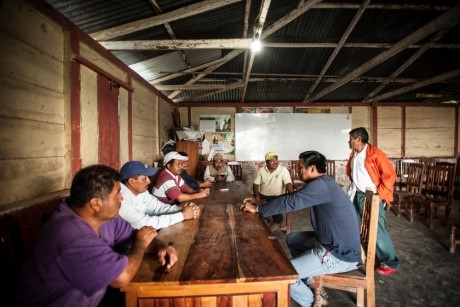Incentives to conserve and restore mangroves through organic shrimp certification
The Naturland standard requires each farm to have at least 50% mangrove cover while other organic standards require strict compliance with forest policy. Farmers who can demonstrate compliance then have the option of selling their certified shrimp to the Minh Phu Seafood Corporation, Viet Nam’s largest shrimp exporter.
The project also successfully supported Cà Mau in piloting a Payment for Ecosystem Services (PES) system. This system provides an incentive for mangrove conservation and restoration by paying farmers an additional 500,000 VND (£17.77) per hectare of mangrove for providing ecosystem services.
Besides payments for farmers, Minh Phu also invested in its own ICS team, a supply chain from farm to factory, and financial incentives for collectors, collecting stations, and payments to support the FMB with monitoring.
In this PES system, the processor pays the farmers for the ecosystem goods and services they provide, and mangrove cover is monitored by a third-party. This direct payment approach has been accepted by Ministry of Agriculture and Rural Development.
The project has also encouraged other processing companies to establish their organic farming area with different payment schemes, these companies include Seanamico, Seaprimexco in Ca Mau.
